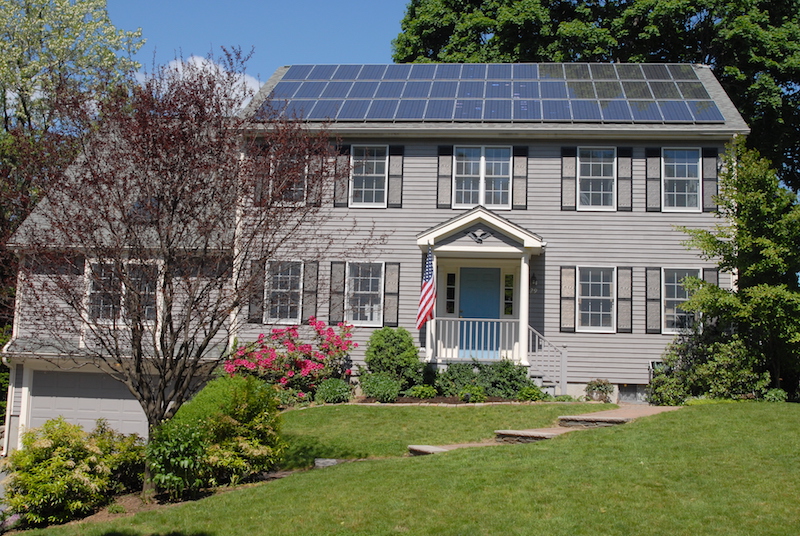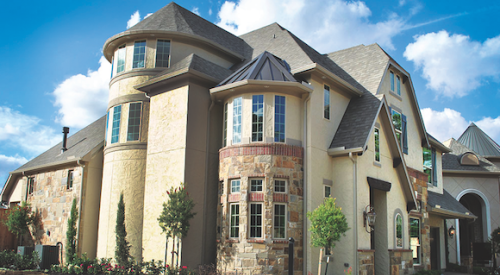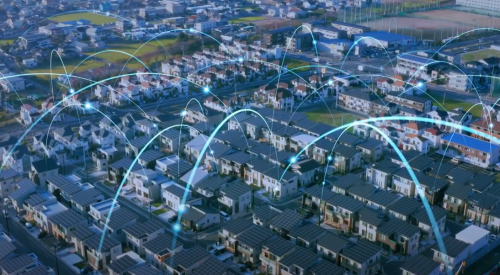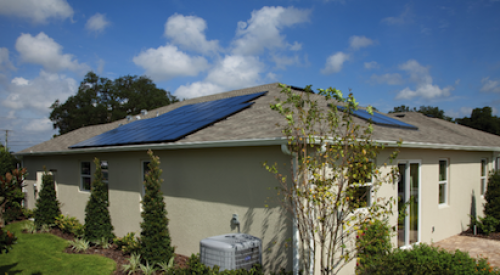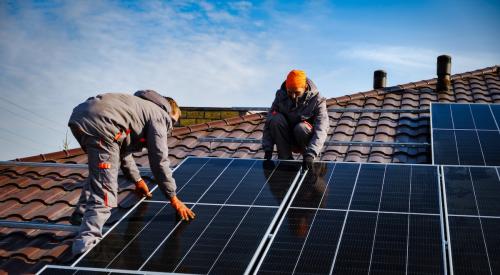The model of a net-zero home has been around for long enough and been successfully implemented in enough places that it is no longer novel. Net-zero homes have a very real place in today’s world as well as in the future.
As net-zero has cemented its place as a valuable part of that future of home building, the next logical step is to implement it on a larger scale. As The New York Times reports, that is exactly what the California Public Utilities Commission and Meritage, a builder of energy-efficient homes, are attempting to do in a subdivision in Southern California.
As more and more homes in a given area begin to rely on solar power for their energy, it becomes important to know how this shift from the more traditional model will affect the current power grid. Part of this larger scale experiment is to study how an entire block of houses creating their own energy will work in tandem with the more traditional power grid.
The test homes themselves all have SunPower rooftop solar systems, spray foam insulation, dual-pane windows, LED lighting, and advanced water heaters. Additionally, half of the homes have energy storage systems with LG batteries and Eguana inverters that help to manage the flow of electricity between the solar installation, the home, and the grid, which allows researchers to test and compare how much value they add.
While these energy-saving improvements add to the initial cost of the home, the utility savings typically tend to make up for it pretty quickly. Also, since the cost is tied into the initial value of the home, it can be wrapped into the mortgage and paid over an extended period of time.
